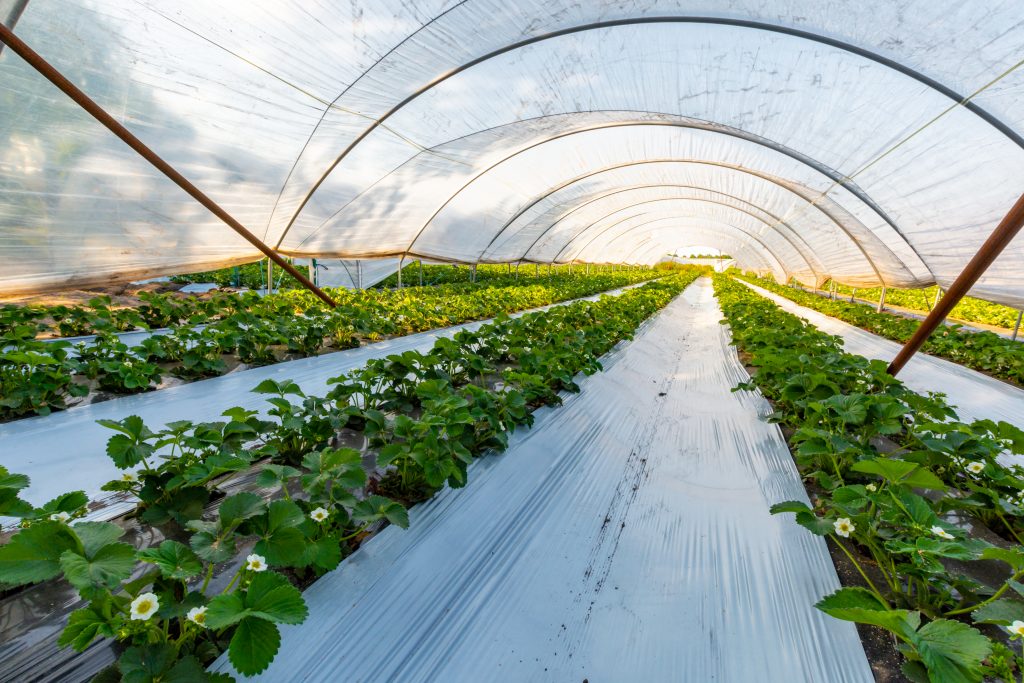Greenhouse plastic is one of the most essential materials used in modern gardening and farming. Whether you’re a backyard hobbyist or a commercial grower, choosing the right greenhouse plastic can determine the success of your crops. From UV protection to temperature regulation, it plays a pivotal role in plant growth and yield.
This detailed guide dives into everything about green house plastic—types, benefits, installation tips, durability, and how to make the best choice for your growing environment. If you’re asking what greenhouse plastic is and how it works, you’re in the right place.
What Is Greenhouse Plastic?
Green house plastic is a specially engineered polyethylene (PE) or polyvinyl (PVC) material used to cover greenhouse structures. It allows sunlight to enter while insulating the interior environment, creating optimal conditions for plant growth year-round.
The term “greenhouse plastic” refers to various formulations, including UV-resistant coatings, anti-drip layers, and thermal insulators. Unlike regular plastic sheets, this material is designed to withstand prolonged exposure to sun, wind, rain, and cold.
Types of Greenhouse Plastic
1. Polyethylene (PE) Film
This is the most common type of green house plastic and comes in several grades:
- Standard Polyethylene Film: Affordable and lightweight but with a shorter lifespan (1-2 years).
- UV-Resistant Polyethylene: Treated with UV inhibitors to last 3–5 years.
- Infrared (IR) Additive Films: Help retain heat during cold nights.
2. Polycarbonate Panels
- More rigid than polyethylene.
- Often used in permanent structures.
- Excellent for insulation and durability.
- Lifespan: 10–15 years.
3. Ethylene Vinyl Acetate (EVA)
- Flexible and clear like PE film but more durable.
- Offers excellent light diffusion.
- Commonly used in professional and commercial greenhouses.
Key Features of Quality Greenhouse Plastic
Choosing the right greenhouse plastic depends on your goals and climate. Here are key features to consider:
Light Transmission
High-quality greenhouse plastic allows over 80% light transmission, essential for photosynthesis.
UV Protection
UV inhibitors increase the lifespan of the plastic and protect plants from harmful rays.
Anti-Drip Coating
Prevents condensation from dripping on plants, reducing fungal diseases.
Thermal Insulation
Helps maintain stable temperatures inside the greenhouse.
Durability
Tear resistance and weather protection are essential, especially for outdoor year-round use.
Benefits of Using Greenhouse Plastic
Using greenhouse plastic offers several advantages over glass or traditional materials:
- Cost-Effective: Much cheaper than glass and easier to install.
- Energy Efficient: Retains heat better in colder seasons.
- Flexible: Suitable for DIY, hobby, and commercial greenhouses.
- Customizable: Available in various thicknesses, additives, and dimensions.
How to Choose the Right Greenhouse Plastic
1. Climate and Weather Conditions
If you live in an area with heavy snow or high winds, consider reinforced polyethylene or polycarbonate panels.
2. Type of Crops
Delicate crops like orchids may benefit from diffused light films, while vegetables prefer high light transmission.
3. Structure Size and Shape
Custom sizes or rolls may be better for tunnels and hoop houses, while panels suit rigid framed greenhouses.
4. Budget and Maintenance
Balance upfront cost with long-term durability and maintenance ease.
Thickness Options and Their Uses
The thickness of greenhouse plastic is measured in mils (1 mil = 0.001 inches). Here’s a general breakdown:
- 4 mil (0.1mm): Temporary use, low durability.
- 6 mil (0.15mm): Industry standard for hobby growers.
- 8 mil (0.2mm): Commercial-grade, high durability.
- 10-12 mil: Heavy-duty use in extreme climates.
Installation Tips for Greenhouse Plastic
Installing greenhouse plastic correctly ensures longevity and better plant growth. Here’s how to get it right:
- Wait for Calm Weather: Wind can make installation difficult.
- Use Lock Channels or Wiggle Wire: Provides tight, secure fitting.
- Leave Extra Material: To accommodate shrinkage or tensioning.
- Double-Layering: For added insulation, use an air gap between two sheets.
- Avoid Stretching: Overstretching reduces plastic lifespan.
Maintenance and Lifespan
Greenhouse plastic is durable, but proper care extends its usability:
- Clean Regularly: Use mild soap and water to remove dust and algae.
- Inspect for Tears: Patch small holes with UV-resistant repair tape.
- Replace on Schedule: UV degradation reduces performance over time. Replace every 4–5 years or as needed.
Common Questions About Greenhouse Plastic
How long does greenhouse plastic last?
Depending on the material and additives, it can last 1 to 5 years, or even longer with reinforced films and proper care.
Can I use regular plastic instead of greenhouse plastic?
No. Regular plastic lacks UV resistance and durability, and it degrades much faster under sunlight.
What is the best thickness for greenhouse plastic?
6 mil is the standard for most growers, balancing durability and affordability. For commercial use, 8–10 mil is preferred.
Is clear or white plastic better for a greenhouse?
Clear plastic offers better light transmission, while white/diffused plastic distributes light more evenly, reducing hot spots and improving uniform growth.
Can greenhouse plastic withstand snow and wind?
Yes, especially reinforced polyethylene or polycarbonate sheets, which are designed for heavy weather conditions.
Greenhouse Plastic vs. Glass: A Quick Comparison
| Feature | Greenhouse Plastic | Glass |
|---|---|---|
| Cost | Low | High |
| Durability | 3–5 years (avg) | 20+ years |
| Installation | Easy | Complex |
| Weight | Light | Heavy |
| Light Transmission | High | Very High |
| Insulation | Good (with double layers) | Fair |
Sustainability and Environmental Impact
Modern greenhouse plastics are increasingly manufactured with recyclable materials and UV-stabilized coatings, reducing environmental waste. Some products are even biodegradable or made from post-consumer recycled polymers.
However, proper disposal and recycling remain crucial to minimize plastic pollution. Always consult local recycling centers for options when replacing old greenhouse covers.
Innovations in Greenhouse Plastics
Technology continues to improve greenhouse plastic performance:
- Nano-coatings: For better heat retention and durability.
- Photoselective Films: Filter specific light wavelengths to enhance growth.
- Smart Films: Adjust transparency based on sunlight intensity.
These advancements are pushing greenhouse farming toward higher efficiency and sustainability.
Conclusion
Greenhouse plastic is an essential tool for controlled-environment agriculture. From hobby gardeners to commercial farmers, using the right type of greenhouse plastic can improve yields, lower costs, and extend the growing season.
By understanding its types, benefits, thickness options, and proper maintenance, you can make informed decisions that maximize your garden’s success. Whether you’re setting up a small backyard tunnel or a commercial greenhouse, investing in the right plastic cover is a game-changer.




